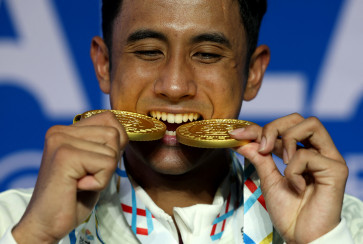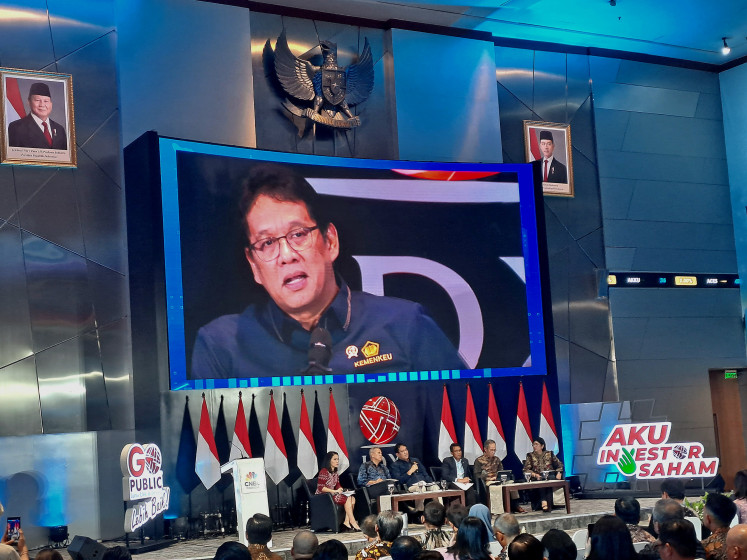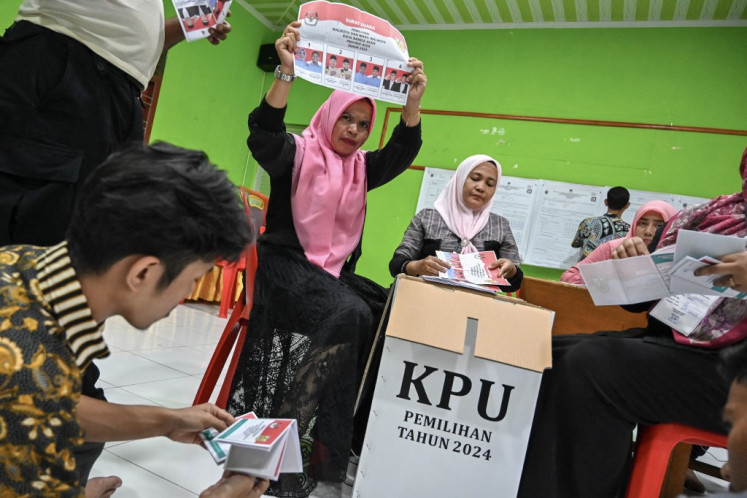Popular Reads
Top Results
Can't find what you're looking for?
View all search resultsPopular Reads
Top Results
Can't find what you're looking for?
View all search resultsIndonesian tea less competitive despite abundant supply
Indonesiaâs gems (from left to right): Dandang Selection jasmine tea, Opa Severe Degree of Fermentation (SDOF) oolong tea, Moroccan mint tea from Solo-based PT Gunung Subur Sejahtera, Gardoe Super jasmine tea
Change text size
Gift Premium Articles
to Anyone
I
span class="caption">Indonesia's gems (from left to right): Dandang Selection jasmine tea, Opa Severe Degree of Fermentation (SDOF) oolong tea, Moroccan mint tea from Solo-based PT Gunung Subur Sejahtera, Gardoe Super jasmine tea.
Listed among the top-10 tea producing countries, Indonesia receives poor value for its tea as it does not have great appeal to global customers.
A tea researcher at the Indonesian Research Institute for Estate Crops (IRIEC) Uhendi Haris said that in terms of volume Indonesia was the seventh-largest tea producer in the world, but in terms of value the country was at number nine, indicating that the price of Indonesian tea was still low.
"To boost both of the volume and the value, Indonesia has to make a national brand to make Indonesian tea more familiar to customers. Tea brands such as Ahmad Tea, Twinnings [United Kingdom], and Dilmah [Sri Lanka] have successfully created a good image with customers," he said on Monday.
Moreover, he said, Indonesia must launch a tea-drinking campaign, since domestic tea consumption was too low. Tea consumption in the country is around 320 grams per capita per year.
That figure is far lower than Malaysia's consumption, which stands at 800 grams, or China and Thailand, which amount to 820 and 930 grams, respectively. Turkey is the world's biggest tea consumer with 7.54 kilograms of tea consumed per person per year.
Indonesia produces 150,000 tons per year on average, although this fell to around 120,000 tons in 2014. Uhendi predicted that the dry season would bring the figure down further by 30 percent this year. (ags)










